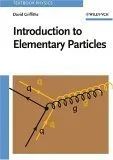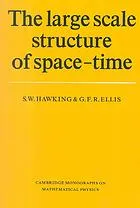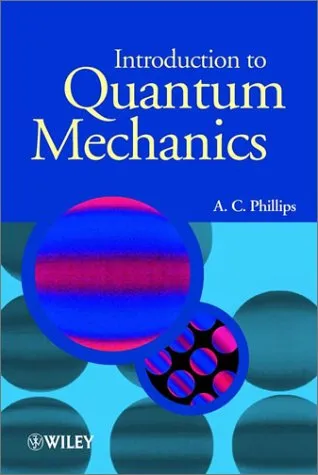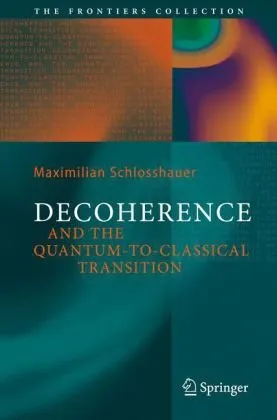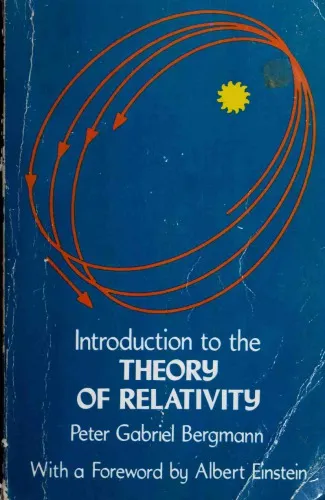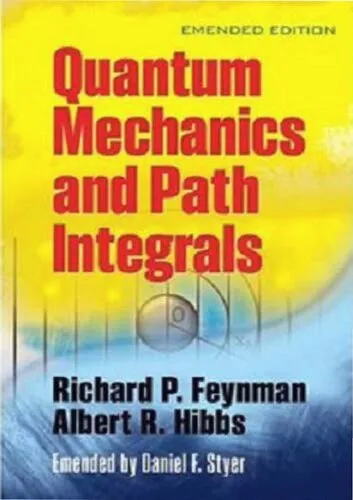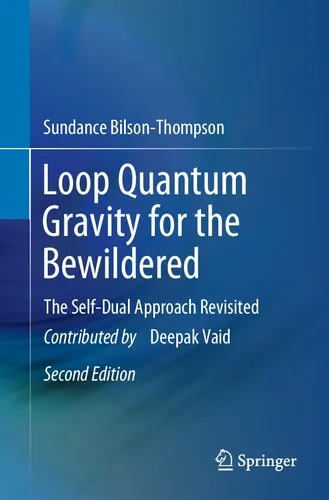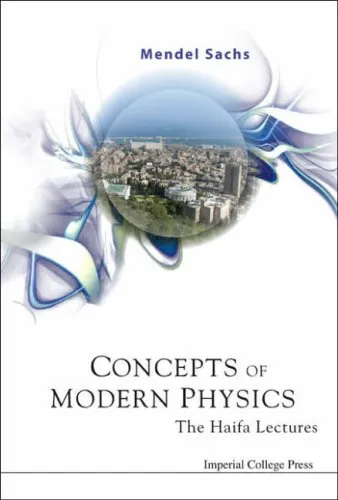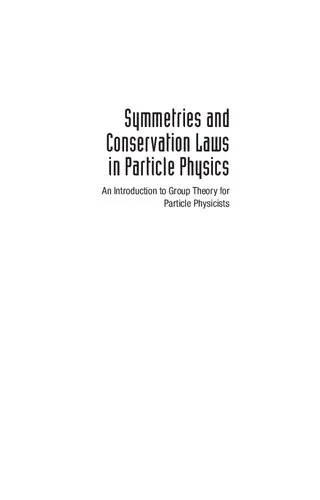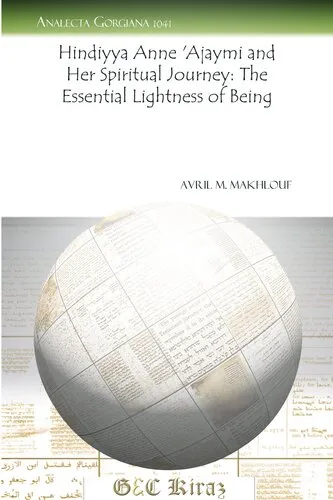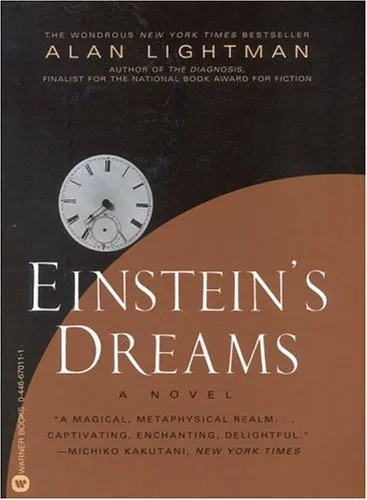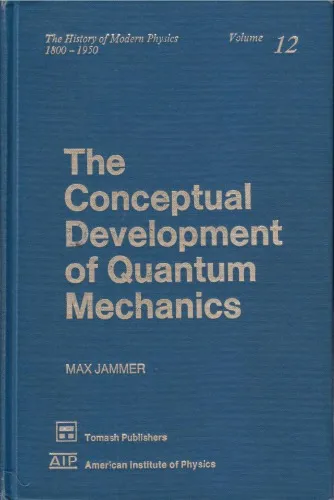Introduction to elementary particles
4.6
Reviews from our users

You Can Ask your questions from this book's AI after Login
Each download or ask from book AI costs 2 points. To earn more free points, please visit the Points Guide Page and complete some valuable actions.Related Refrences:
Introduction to "Introduction to Elementary Particles"
David Griffiths' Introduction to Elementary Particles is a comprehensive and authoritative textbook that has stood the test of time as one of the most widely used references in the study of particle physics. With its lucid explanations, structured approach, and emphasis on clarity, this book manages to introduce one of the most profound and exciting fields of physics in a way that is both accessible and intellectually stimulating for physics students, researchers, and enthusiasts.
The book seamlessly blends theory, historical context, and applications, making it an invaluable resource for anyone yearning to grasp the intricate and beautiful world of fundamental particles and the laws that govern them. Whether you are a student venturing into the field for the first time or a professional who wants to revisit core principles, Griffiths’ work remains a definitive guide to understand the captivating aspects of quantum mechanics as they relate to subatomic particles.
Summary of the Book
At its heart, Introduction to Elementary Particles is structured to educate readers about the Standard Model of particle physics, the cornerstone of modern quantum physics. The book is divided into logically connected chapters that lead readers through fundamental principles, symmetry considerations, experimental evidence, and theoretical underpinnings, ensuring a robust conceptual foundation.
The journey begins with an introduction to special relativity and quantum mechanics, allowing readers to revisit and solidify these essential concepts. Griffiths then transitions fluidly into the study of particles and antiparticles, Feynman diagrams, and the key interactions of nature: electromagnetic, weak, and strong forces. Throughout, the treatment is simple yet thorough, with the ultimate goal of making advanced topics comprehensible to readers who may not yet have specialized knowledge in particle physics.
In addition to expounding on the theoretical framework of the Standard Model, Griffiths brings historical events to life. Key discoveries, such as the identification of the electron, positron, neutrino, and quarks, are discussed in a broader context to provide appreciation and perspective. As the text progresses, readers are introduced to the methodologies used in high-energy physics, ranging from particle accelerators to detectors, grounding the theory in practical applications.
Despite the technical nature of the material, Griffiths employs a conversational tone combined with detailed worked examples and problems at the end of each chapter to solidify understanding. Overall, this seminal textbook serves both didactic and reference purposes, appealing to readers of diverse backgrounds.
Key Takeaways
- The Standard Model is the modern theoretical framework for understanding the universe's fundamental particles and forces.
- Elementary particles include quarks, leptons, bosons, and their interactions governed by symmetry principles.
- The book emphasizes the experimental evidence that validates the theoretical framework, keeping the explanations grounded in reality.
- Symmetry is a recurring theme, playing a pivotal role in modern physics and dictating many properties of natural laws.
- Griffiths’ use of diagrams, analogies, and worked examples enhances understanding for readers of all proficiency levels.
Famous Quotes from the Book
"The electron, proton, and neutron are the enduring heroes of the first elementary particle era."
"Symmetry, wherever it occurs, is at the heart of every law of physics. It is the poetry of the physical universe."
"In particle physics, one learns by thinking, experimenting, and repeatedly revisiting what seems simple but conceals astonishing complexity."
"Perhaps the most fascinating aspect of physics is that the most fundamental laws, once unraveled, are usually simple, elegant, and breathtakingly universal."
Why This Book Matters
There are countless textbooks on quantum mechanics and particle physics, but what sets Griffiths' Introduction to Elementary Particles apart is its unique balance of accessibility, rigor, and excitement. This book matters because it provides an entry point into one of the most advanced and conceptually rich areas of physics without overwhelming or intimidating the reader. By starting with solid basics and progressing to recent developments, Griffiths creates an experience that leaves readers both informed and inspired.
The historical insights and detailed derivations emphasize not just what we know today, but how science arrived at such conclusions. This aspect is critical for building a true appreciation of the scientific enterprise. Additionally, the inclusion of exercises and examples ensures that readers develop not only theoretical knowledge but also practical problem-solving skills, which are indispensable for further study or research in physics.
Ultimately, this book remains just as influential and relevant today because it captures the true essence of particle physics: the marriage of profound simplicity and unfathomable complexity. It is a must-read for anyone serious about understanding the Universe at its most fundamental levels.
Free Direct Download
You Can Download this book after Login
Accessing books through legal platforms and public libraries not only supports the rights of authors and publishers but also contributes to the sustainability of reading culture. Before downloading, please take a moment to consider these options.
Find this book on other platforms:
WorldCat helps you find books in libraries worldwide.
See ratings, reviews, and discussions on Goodreads.
Find and buy rare or used books on AbeBooks.
1695
بازدید4.6
امتیاز0
نظر98%
رضایتReviews:
4.6
Based on 0 users review
Questions & Answers
Ask questions about this book or help others by answering
No questions yet. Be the first to ask!
